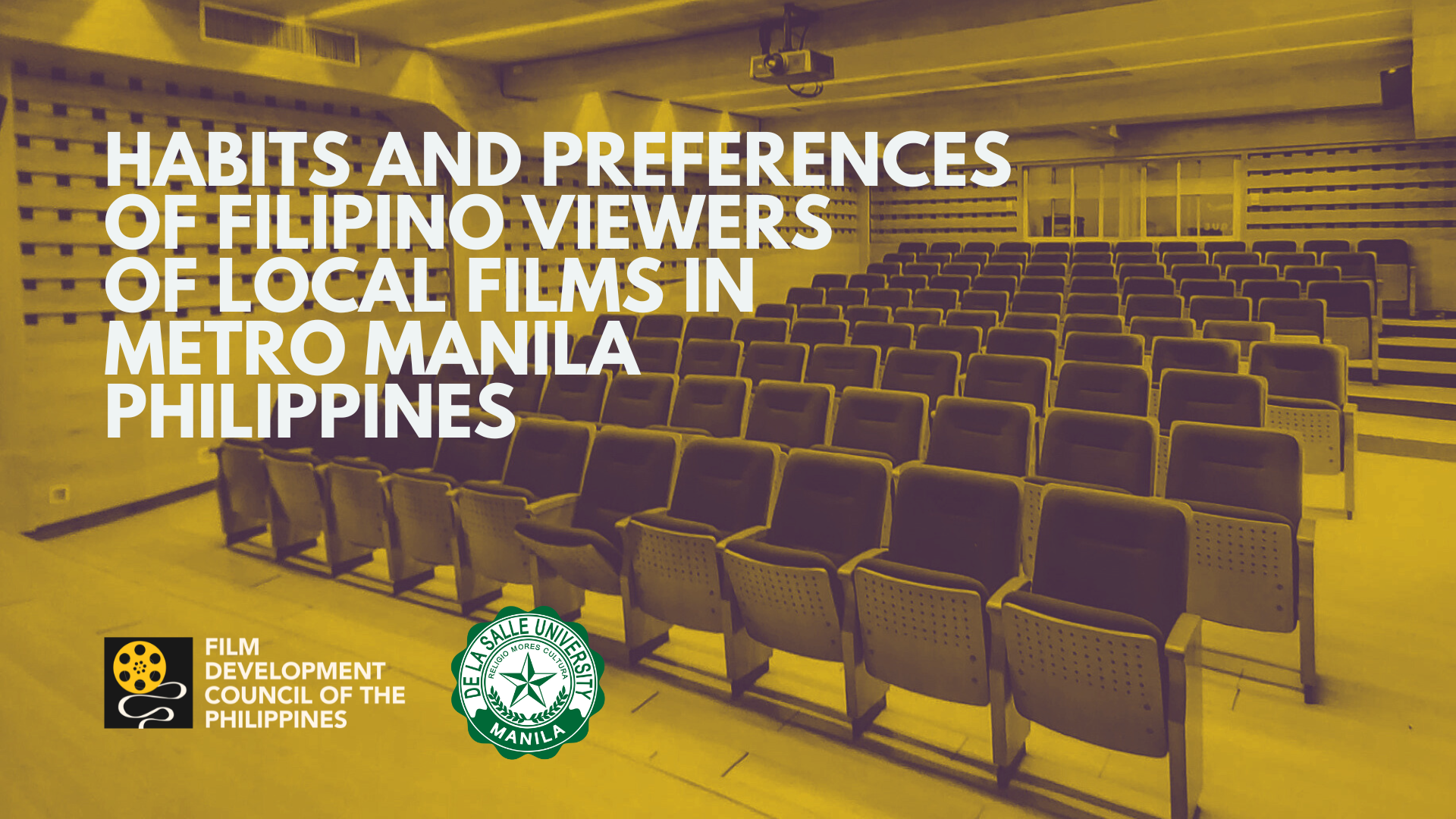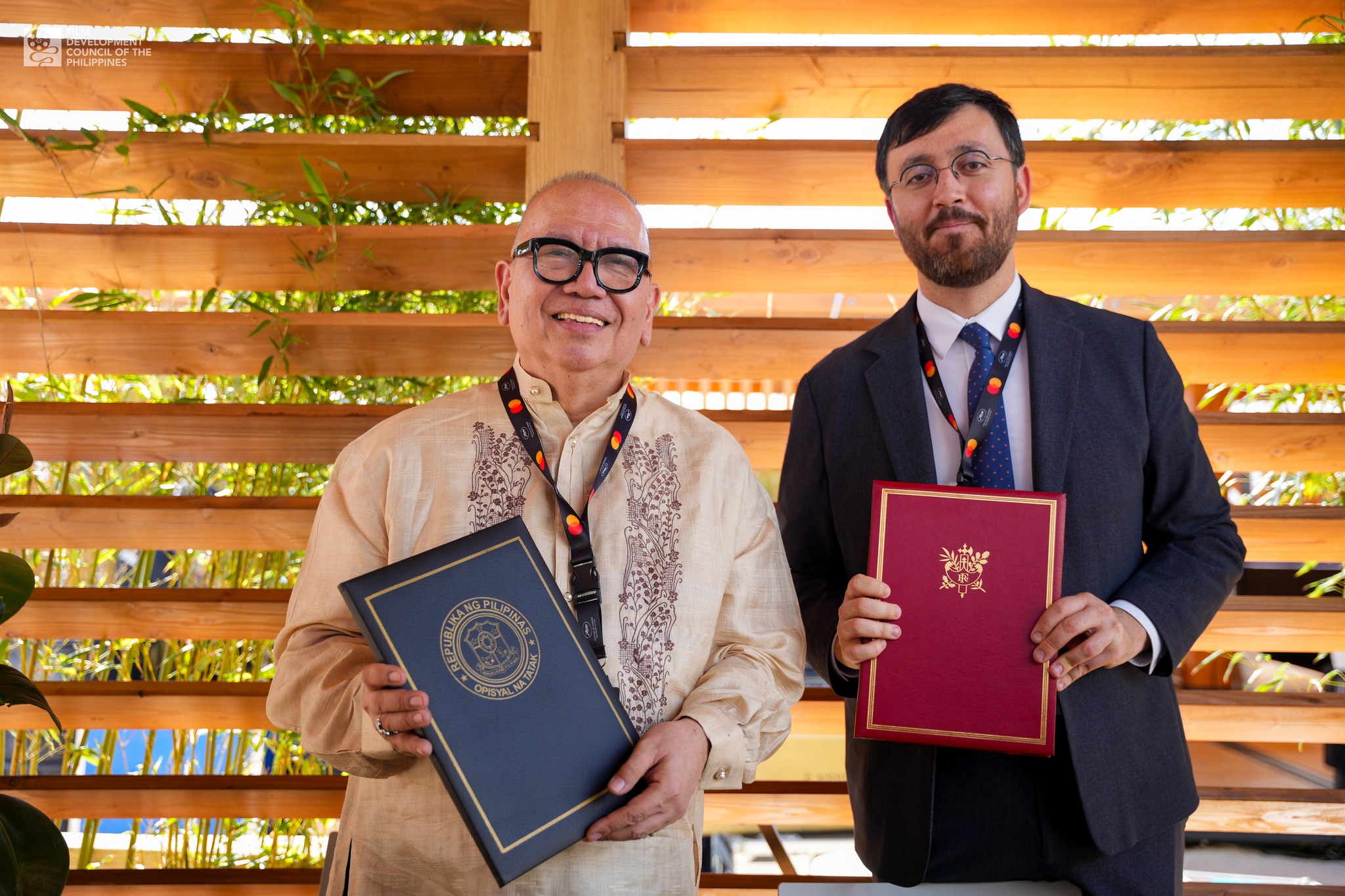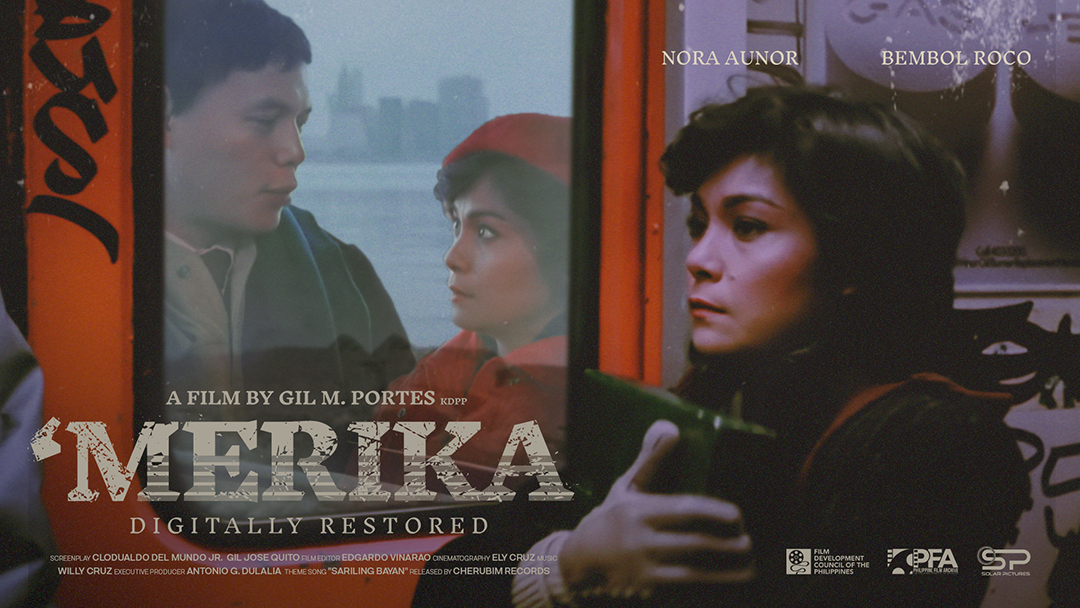Shots — creating a culture of safety in the PH audiovisual industry
At long last, the film and audiovisual (AV) industry in the Philippines now has safety officers who have received training not just on Basic Occupational Safety and Health (BOSH) but also on audiovisual industry-specific topics through the first-ever Safety and Health Officers Training Seminar (Shots).

The 1st Safety and Health Officers Training Seminar (Shots) organized by the Safe Filming Program of the Film Development Council of the Philippines (FDCP) in partnership with the Department of Labor and Employment – Occupational Safety and Health Center (DoLE-OSHC)
Shots is a free online 40-hour BOSH Training for Audiovisual Companies organized by the Safe Filming Program of the Film Development Council of the Philippines (FDCP) in partnership with the Department of Labor and Employment – Occupational Safety and Health Center (DoLE-OSHC). It is the first of its kind, complementing the existing BOSH Training of the DoLE for Safety Officer 2 (SO2).

The columnist on protecting the health and safety of film and audiovisual workers, ‘We must not forget that our workers are the heart of this industry.’
A total of 45 graduates received an SO2 certification from the DoLE-OSHC after completing the five-day training program via Zoom from April 12 to 16. The topics covered are the roles of safety officers, health hazards with a focus on the Covid-19 pandemic, safety hazards in the workplace, risk assessment, workplace emergency preparedness, and accident investigation.

DoLE-OSHC Executive Director Noel Binag

Shots lead trainer Martin Aguda, Jr., a safety and resilience professional

Shots mentor Rico Santiago, safety and event security professional and trainer

Shots mentor Jeffrey Santos, SO2, ASHI, ITLS, EMT-B, EMR instructor, and actor
As I addressed the participants, I marveled at their eagerness to learn. They were up for the challenge of contributing to the vision of instilling a culture of safety in the film and audiovisual industry.
I am confident that they will apply their learnings to address the nuances and peculiarities of their production activities and workplaces at the soonest possible time, especially since we are still in the midst of the pandemic.
This is a long time coming for Filipino film and audiovisual workers, who have been subject to occupational safety and health hazards, especially in production shoots. Imagine having safety officers on the set whose main task is to look after all production workers. It feels like a dream, but it is finally happening.
A much-needed breakthrough
Shots lead trainer Martin Aguda, Jr., a safety and resilience professional, stressed the importance of having safety officers in the film and audiovisual industry. “Safety officers working behind the scenes prevent fictional danger from becoming a real danger. Now is the time to develop a culture of safety in the entertainment industry,” Aguda noted.
Time and again, the FDCP, along with film and AV industry stakeholders, have called for the prioritization of the safety and health of workers who are exposed to various risks and dangers such as falling props and equipment, insufficient safety tools on the set, electrocution hazards, vehicle crashes, and injuries from explosives and pyrotechnic effects, to name a few.
Even tripping hazards due to wiring, ropes, and cables on the set can cause injuries, and sadly, fatalities such as the late, great Eddie Garcia, who tripped on the set, fell into a coma, and passed away in 2019.
We have lost too many lives already, from crew members, production staff, and other unsung heroes of Philippine Cinema, as well as stars and icons, because of substandard workplace conditions.
While improving our industry to be at par with international standards, we must not forget that our workers are the heart of this industry. Taking care of their health and safety must be our utmost priority. We cannot put a cost to safety, for it is priceless.
Mentor Rico Santiago mentioned how Shots could be beneficial in ensuring the safety of film and AV workers. “Safety is not an exercise to keep you employed. It is a matter of life and death. Shots will provide you with the tools to put safety first so you will always be safe,” said Santiago, a safety and event security professional and trainer.
Actor Jeffrey Santos, SO2, ASHI, ITLS, EMT-B, and EMR instructor, also shared his expertise as a Shots mentor. “Create, conduct, and implement safety protocols tailor-made for your production. Let SHOTS lead the way,” remarked Santos.
Another landmark FDCP-DoLE collaboration
The Shots would not have been possible without the dedication of the FDCP’s Safe Filming Program team and the all-out support of the DoLE. The labor department continues to heed the plight of our workers as this is not the first time that the FDCP and DoLE have teamed up for the welfare of film and AV workers.
DoLE-OSHC Executive Director Noel Binag said of the FDCP and DoLE partnership, “With the active participation of all stakeholders, the DoLE and the FDCP developed and issued the landmark Joint Memorandum Circular (JMC) No. 001-2020 to improve the working conditions and prevent work-related injuries and illnesses in the audiovisual industry.”
Among the JMC’s general guidelines are the “no contract, no work” policy; having set working hours and a turnaround time of 12 hours; provision of overtime pay, social welfare benefits, and emergency health services; and access to rehabilitation and compensation of work connected to illnesses and injuries affecting workers.
The JMC, issued on February 7, 2020, also set standards such as the mandatory presence of OSH personnel, conduct of risk assessment, provision of safety equipment and first aid, creation of a safety and health committee, and drafting of an emergency preparedness and response plan.
Safety provisions were included for stunts, construction works, electrical installations, working at heights, and the usage of hazardous materials and blank ammunition for firearms and weaponry.
With the foundation laid by the DoLE-FDCP JMC, more occupational safety and health programs for the film and AV industry were developed, such as the free BOSH training in November and January and the Shots, which Binag described as “another great stride towards our common objectives as it will capacitate the safety officers to develop occupational safety and health programs that are tailor-fitted to the industry.”
More ‘Shots’ to come
We have received a lot of good feedback about Shots, and we cannot wait to hold the second batch of training sessions next month. Film and AV members who want to be accredited safety officers for the audiovisual industry may still apply for the 2nd Shots.
Applicants must be registered with the FDCP’s National Registry (NR), while non-registrants can easily apply through the NR website (nationalregistry.fdcp.ph). More information can be found on the Safe Filming website (safefilming.ph).
Big congratulations once again to the graduates of the 1st SHOTS for being part of the film and AV industry’s pioneering batch of sector-specific safety officers. And many thanks to the DoLE-OSHC led by Executive Director Noel Binag as well as Shots lead trainer Martin Aguda, Jr. and mentors Rico Santiago and Jeffrey Santos for your invaluable contributions to the industry.
In line with the ongoing vaccination rollout, we wish to address more film and AV companies to “Take Your Shots Now.” And in colloquial speak, we wish to add, “Shots Pa More!” Cheers to everyone involved in the Shots! Indeed, it’s about time that our film and audiovisual industry has a culture of safety that’s promoted, nurtured and protected.
Notes from the Chair is part of the Arts Awake section of The Sunday Times Magazine published by The Manila Times. Click HERE to view the article on The Manila Times website.





